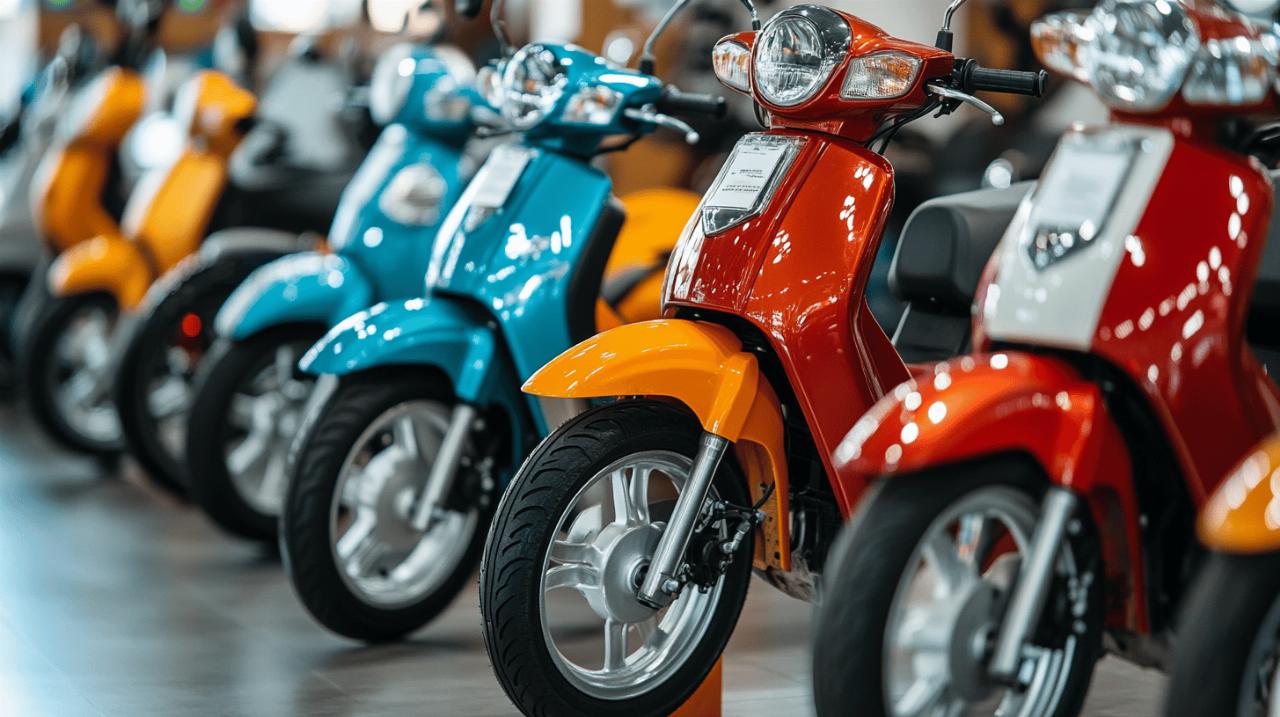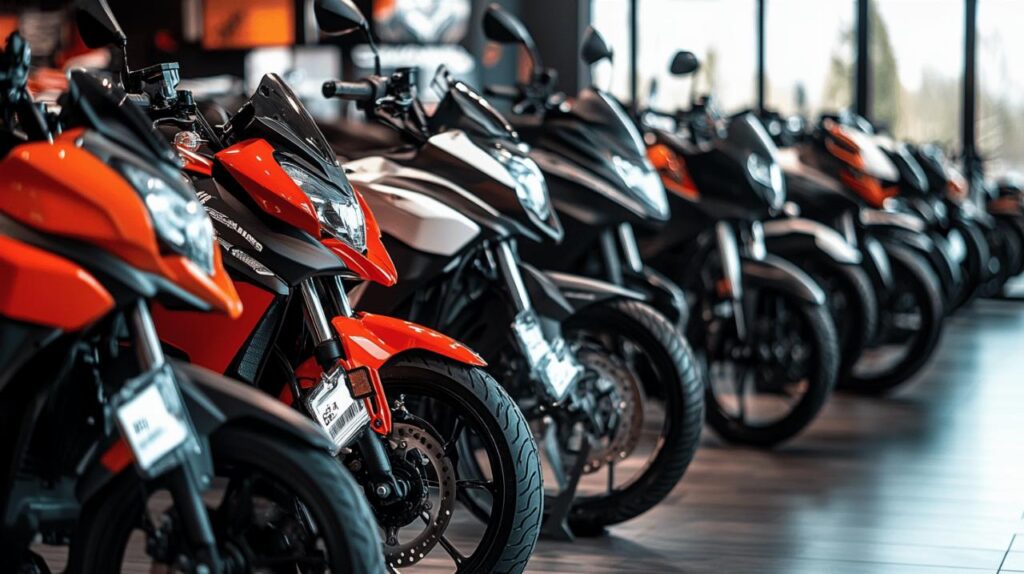When considering an investment in a 50cc motorcycle, understanding the complete financial picture is essential. These compact two-wheelers offer an economical transportation option, but like any vehicle purchase, there are various costs to consider beyond the initial price tag. From purchase expenses to ongoing maintenance, this comprehensive breakdown will help you budget appropriately for your 50cc motorcycle ownership journey.
Initial purchase and documentation costs
Starting your 50cc motorcycle ownership journey requires careful financial planning. According to transportation experts at Kammann Automobile, who specialise in two-wheeled vehicles among their wide range of offerings, the initial purchase price is just one component of several upfront costs you'll need to budget for. Understanding these expenses thoroughly will help you make a more informed decision before committing to your purchase.
Comparing purchase prices across popular 50cc models
The market for 50cc motorcycles offers considerable variety in terms of pricing. New models typically range from £1,000 to £3,000 depending on brand, features, and build quality. Pre-owned options can significantly reduce this initial outlay, with used scooters often available from £500-£1,500. However, when purchasing second-hand, it's advisable to have the vehicle inspected by a qualified mechanic to avoid costly surprises later. Some popular brands like Peugeot, Piaggio, and Honda tend to command higher prices but often retain their value better over time.
Taxation and registration fee structures for 50cc vehicles
One of the financial advantages of 50cc motorcycles is their favourable taxation structure. In the UK, Vehicle Excise Duty (road tax) is substantially lower for these small-engine vehicles compared to larger motorcycles or cars. In fact, many 50cc models qualify for zero-rated road tax, representing a significant ongoing saving. Registration fees are relatively modest, typically under £100, but vary depending on your location. Additionally, new riders must factor in training costs, specifically the Compulsory Basic Training (CBT) course, which costs approximately £100 and is valid for two years before you must either retake it or progress to a full motorcycle licence.
Ongoing operational expenses
The day-to-day running costs of a 50cc motorcycle are where many owners experience the most substantial savings compared to larger vehicles. Understanding these expenses helps create a realistic budget for your ongoing motorcycle ownership.
Fuel efficiency and consumption patterns
One of the most compelling advantages of 50cc motorcycles is their exceptional fuel efficiency. These compact engines typically deliver between 90-120 miles per gallon, making them extraordinarily economical for regular commuting. For perspective, this translates to approximately 5-7 pence per mile in fuel costs at current petrol prices. A typical 50cc scooter with a 5-litre tank can provide a range of around 150-200 miles, meaning even with regular daily use, you might only need to refuel once every week or two. This fuel economy represents significant savings compared to cars or even larger motorcycles, particularly for urban commuters who face frequent stop-start traffic conditions.
Insurance premium factors and typical rates
Insurance represents another significant ongoing expense, though premiums for 50cc motorcycles are generally lower than for higher-powered bikes. Typical annual insurance costs range from £350 to £600, influenced by several factors including rider age, experience, location, storage security, and personal claims history. Investing in security devices such as ground anchors, disc locks, or alarm systems can often reduce premiums by demonstrating responsible ownership. Many insurers offer discounts of 5-15% for vehicles with enhanced security measures. It's worth obtaining multiple quotes and considering various levels of coverage to find the most cost-effective option that meets your needs.
Long-term maintenance expenditure
 Maintaining your 50cc motorcycle properly not only ensures reliability and safety but also protects your investment over time. Understanding the maintenance cost structure helps prevent unexpected financial surprises.
Maintaining your 50cc motorcycle properly not only ensures reliability and safety but also protects your investment over time. Understanding the maintenance cost structure helps prevent unexpected financial surprises.
Routine service costs and intervals
The simpler mechanics of 50cc motorcycles translate to more affordable servicing costs compared to larger capacity bikes. Typical routine maintenance intervals occur every 2,000-3,000 miles or annually, whichever comes first. A standard service usually costs between £60-£120 depending on the workshop and specific requirements. This typically includes oil changes, filter replacements, brake inspections, and general safety checks. Some owners with mechanical knowledge choose to perform basic maintenance themselves, further reducing costs. However, even for those using professional services, the maintenance expenses remain relatively modest compared to cars or larger motorcycles.
Common repair expenses and parts accessibility
When repairs become necessary, 50cc motorcycles generally benefit from widely available and affordable replacement parts. Common wear items like brake pads might cost £15-£30 per set, while tyres typically range from £30-£60 each. More substantial repairs such as transmission issues might cost £100-£200, while engine repairs can vary widely depending on the specific problem. Popular models from mainstream manufacturers typically enjoy better parts availability and more competitive pricing. Establishing a relationship with a reliable local mechanic specialising in small-capacity motorcycles can help manage these costs effectively and ensure quality workmanship.
Essential safety equipment investment
Safety equipment represents a non-negotiable investment when riding any motorcycle. These costs should be factored into your initial budget rather than considered as optional extras.
Mandatory protective gear and quality considerations
A legally compliant helmet is the minimum requirement for motorcycle riders, but comprehensive protection involves several additional items. A quality helmet meeting current safety standards typically costs between £80-£250 depending on features and brand. Protective jackets with armour inserts range from £70-£200, while dedicated motorcycle gloves cost approximately £30-£80. For complete protection, motorcycle-specific trousers (£60-£150) and boots (£70-£150) are also recommended. While these items represent a significant initial investment totalling approximately £300-£800, they should be viewed as essential rather than optional expenses. Quality protective gear can significantly reduce injury severity in the event of an accident, potentially saving substantial medical costs and recovery time.
Seasonal clothing requirements and budgeting
The UK climate necessitates consideration of seasonal riding conditions. Waterproof overgarments for rainy weather typically cost £30-£100, while thermal base layers for winter riding add another £30-£60 to your budget. Summer-specific ventilated gear might require an additional investment if you plan to ride extensively during warmer months. A practical approach is to purchase adaptable, all-season gear with removable thermal liners and waterproof properties, which though more expensive initially, provides better value over time than purchasing separate seasonal outfits. Setting aside approximately £100-£200 annually for replacement or additional seasonal items ensures your safety equipment remains effective and appropriate for changing weather conditions.

